The last and most important stage in purchasing or selling a property in real estate is the closing procedure. It’s the day that a chapter ends and a new one begins when ownership formally passes from the seller to the buyer. However, what is involved in this process?
Completing the Documentation
In order to complete the property sale, closing entails signing a number of legal documents. In addition to signing a deed of trust, which grants the lender a claim on the property in the event that payments are not made, buyers also sign a mortgage note, which commits them to repaying the debt. The property deed is signed by the sellers, formally transferring ownership.
The Insurance and Title Search
A title company checks the property title to make sure there are no liens or claims before closing. To guard against upcoming lawsuits that might jeopardize ownership, they will provide title insurance. This is crucial because it guarantees purchasers that they will receive a “clear” title to the property.
Examination and Evaluation
An appraisal verifies the property’s worth for the lender, while a home inspection finds any problems and is usually finished prior to closing. By making sure the property is sound and worth the buying price, these procedures safeguard the lender as well as the buyer.
Last Walkthrough
Buyers frequently finish a last walkthrough of the property right before closing. This guarantees that any repairs suggested following the inspection are finished and that it is in the agreed-upon condition.
Costs of Closing
Closing fees, such as title insurance, lender fees, and other administrative expenses, are paid by both parties. Since these costs can account for anywhere between two and five percent of the buying price of the house, buyers should budget for them.
Paying for the Deal
The buyer’s lender transfers money to complete the acquisition on closing day. Following payment, ownership is formally transferred when the title firm or closing agent notifies the local government of the transaction.
The buyer’s new chapter as a homeowner begins when they receive the keys following closing. The closing process may be made stress-free and seamless by being aware of each phase, guaranteeing that everyone is happy with the purchase.

